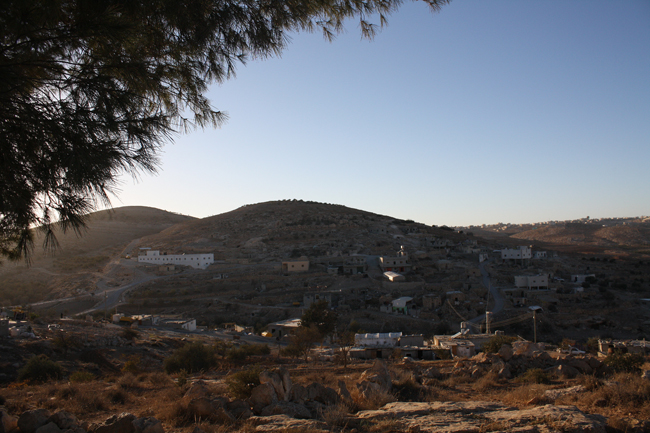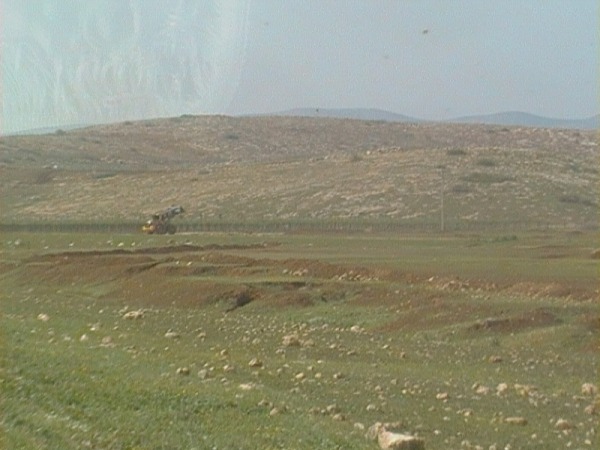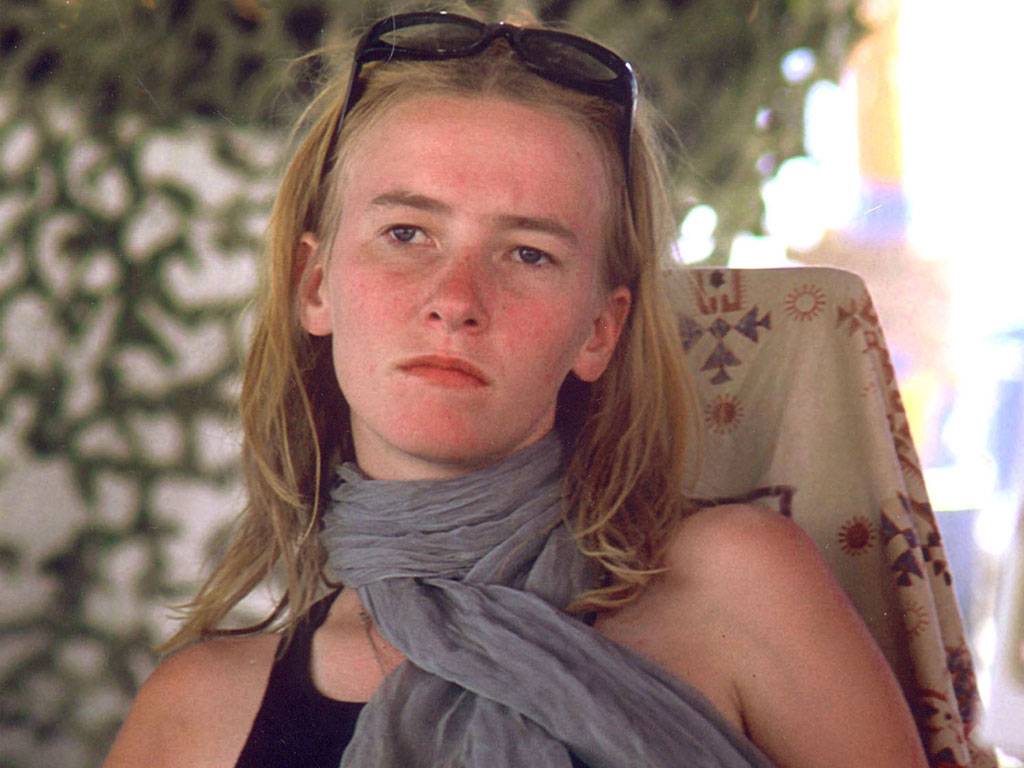-

Settlers from Mitzpe Yair continue to attack Palestinian shepherds grazing on Palestinian owned land, even during Purim
16th March 2014 | Operation Dove | At-Tuwani, Occupied Palestine At-Tuwani – On Sunday March 16, during the Jewish holiday of Purim, Israeli settlers attacked Palestinians and Internationals on Palestinian fields near Mitzpe Yair illegal outpost. In the morning, four Palestinian shepherds from the village of Qawawis were grazing their flocks south of the Israeli […]
-

Injustice in Al Maleh
17th March 2014 | International Solidarity Movement, Nablus Team | Jordan Valley, Occupied Palestine The Israeli occupation in Palestine can be seen in many different ways. In the Al Maleh area of the Jordan Valley (area C, which is under full Israeli military control) 450 Palestinian families, including 100 Bedouin families are spread through 13 […]
-

Remember Rachel
16th March 2014 | International Solidarity Movement | Occupied Palestine On this date 11 years ago, ISM volunteer Rachel Corrie was brutally murdered by the Israeli army in Gaza. Rachel was 23-years-old. This interview was filmed two days before Rachel was killed and her words are still unfortunately relevant when describing the situation in Gaza. […]
Action Alert An Nabi Saleh Apartheid Wall Arrests BDS Bethlehem Bil'in Cast Lead Demonstration Denial of Entry Ethnic Cleansing Farmers Gaza Global Actions Hebron House Demolition International law Israeli Army Jerusalem Live Ammunition Nablus Ni'lin Prisoner Ramallah Rubber-coated steel bullets Settlement Settlers Settler violence Tear-Gas Canister Video
